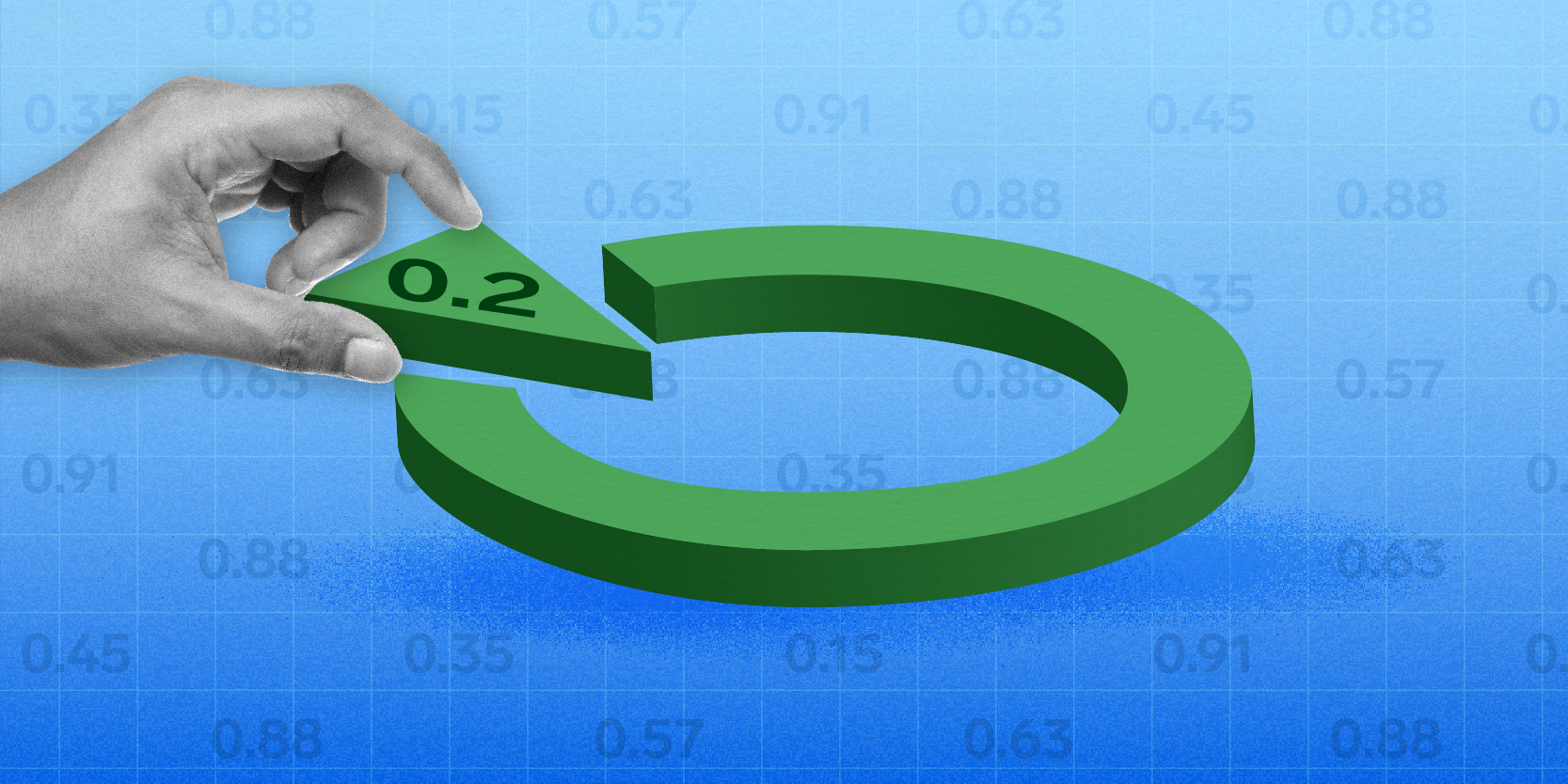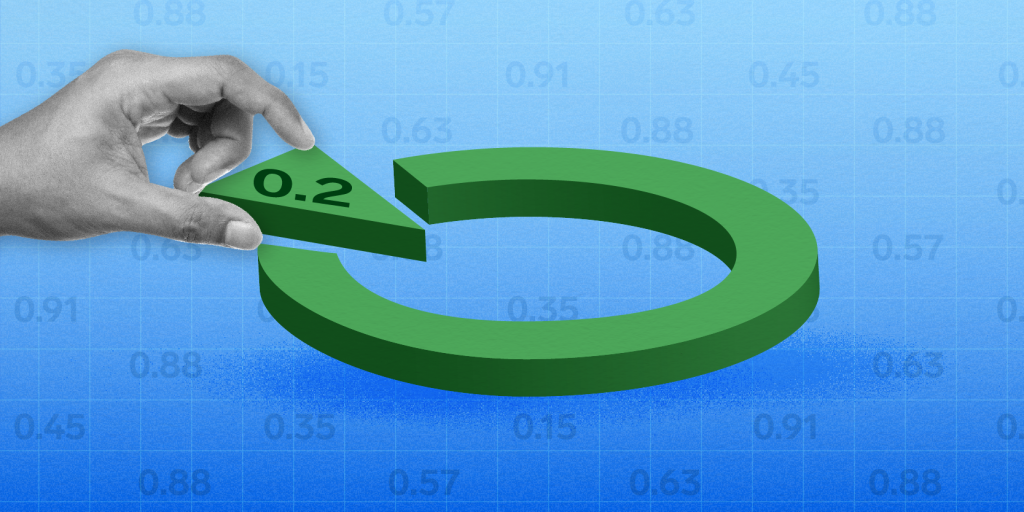
Rachel Mendelson/Insider
- A fractional share is a portion of one whole share of a company.
- Fractional shares can be bought and sold just like whole shares.
- They allow investors to invest and diversify their portfolio with smaller amounts of money.
- Visit Insider's Investing Reference library for more stories.
Over the last ten years, the rise in popularity for fractional shares has helped to usher in a wave of new investors. In 2020, fractional shares along with the subsequent rise in commission-free trading paved the way for a record number of young, first-time investors to enter the market.
One of the biggest reasons for this is because fractional shares have made investing much more affordable. "Fractional investing has played a major role in making the stock market more accessible and more approachable to new investors," says MaryAlexa Divver, director of product at Public.com.
Previously, retail investors would need to have thousands of dollars to invest in an expensive stock like Amazon, for example. Now, they can own a slice of Amazon with as little as $5, so they can build a diversified portfolio no matter their investing budget.
What is a fractional share?
A fractional share gives an investor the opportunity to own a small portion, or fraction, of one whole share of a stock. Exchange-traded funds – index funds that can be traded throughout the day – can also be bought as fractional shares.
This can benefit investors in multiple ways. "They democratize access to ownership in companies that investors with smaller amounts would not be able to get otherwise. This benefit then allows investors with smaller portfolios an opportunity to diversify their investments rather than having to allocate their entire balance to one higher priced share," says Tara Falcone, CFA, CFP®, founder of fintech company, ReisUP.
The ability to buy and sell fractional shares is relatively new for retail investors, but the concept of fractional shares has been around for quite some time. For example, if you participate in a dividend reinvestment plan (DRIP) this often results in owning a fractional share.
An investor may also end up owning fractional shares as a result of a merger or stock split. If a company does a 3-to-2 split, you'd own three shares for every two shares that you own. In this case, an investor with nine shares would end up having 13.5 shares.
How do fractional shares work?
Fractional shares in most aspects work the same as full shares. Fractional shareholders receive the same percentage gains and losses as those with full shares and may also receive the same benefits such as voting rights, depending on the brokerage. If the company pays a dividend, fractional shareholders are entitled to receive that as well.
In most cases, you can buy and sell fractional shares with the same ease as whole shares - but there can be a few disadvantages that you should be aware of, which we'll cover in the next section.
Are fractional shares worth it?
Upon first learning about fractional shares, a natural question is: "Are fractional shares really worth it?" The answer is yes. There's a misconception that you need to work toward owning one full share to achieve the full benefit of stock ownership and that isn't the case.
"It's important to remember that investment returns are relative," says Falcone. "If a stock's price increases 10%, you'll earn 10% on your investment whether you own a fraction of a share or hundreds of shares." Fractional shares can also make it much easier for investors to diversify their portfolio across dozens of stocks at a much cheaper price point than owning full shares.
But there are some downsides to be aware of: For example, not all brokerages at this point in time offer fractional shares. Some brokerages only allow you to trade fractional shares with certain companies.
For example, Charles Schwab currently allows fractional share trading for stocks in the S&P 500. "Investors may run into difficulties transferring fractional shares from one brokerage account to another if they want to move their portfolio to a different provider," says Falcone. This means that you may have to sell some or all of your fractional shares to make the transfer which may have tax implications.
How to buy fractional shares
While the steps may differ slightly depending on your brokerage, the process to buy fractional shares follows this general process.
1. Open an account. Choose a brokerage firm that allows fractional shares.
2. Deposit funds. Some brokerages will allow you to open the account and begin buying shares immediately, while others wait for the deposit to clear which may take 3 to 5 business days.
3. Select the stock. Keep in mind that while some brokerage firms may allow you to buy fractional shares, it could be limited to certain companies.
4. Choose the amount of money you want to invest. Some brokerages allow you to choose to invest based on the number of shares or by the dollar amount. If you're investing based on a dollar amount this is investing via fractional shares while investing by choosing the number of shares usually defaults to full shares only.
The financial takeaway
Fractional shares can be a great way to ease into the stock market on your own terms and own companies that would normally be out of your price range and also diversify your portfolio instead of pouring the majority of your account balance on a single stock.
While there are a few disadvantages of fractional shares in regards to transferring from one brokerage to another, fractional share investors are still entitled to the same proportional benefits in terms of gains and dividends that the benefits far outweigh the costs, especially for small retail investors.
